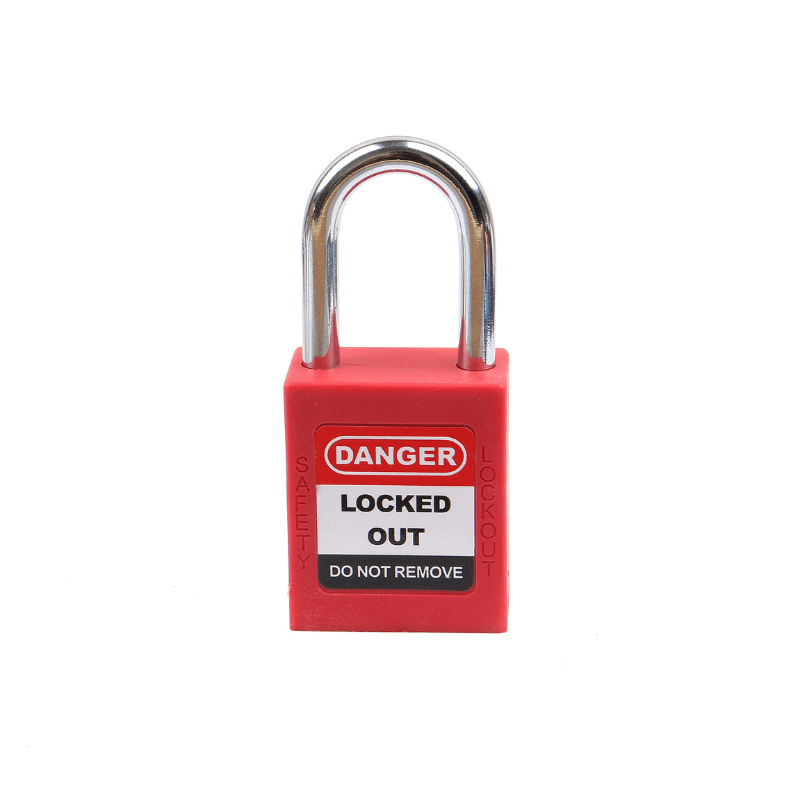Its hard to overstate the importance of safety in the workplace, especially in high-risk industries like construction. However, gender bias in the construction industry can compromise the safety of women on the job. In this post, we will explore how gender bias affects women in construction and how the role of site safety functions to promote safety for all workers.
Gender Bias in Construction
Unfortunately, the construction industry has a history of being male-dominated, making it difficult for women to enter and succeed in the field. Women in construction often experience bias on the job site.
One of the primary ways gender bias affects women in construction is through harassment. Women who work in construction may face sexual harassment, verbal abuse, and intimidation from their male colleagues, supervisors, or clients. This type of behavior can create a hostile work environment and can have a negative impact on the victim's mental health, job performance and safety.
Impact of Gender Bias
Gender bias can have a significant impact on the safety of women on construction sites. When women are excluded from training programs or are given fewer opportunities to learn about safety procedures, they may not be as knowledgeable or confident in their ability to handle risky situations. This can lead to accidents, injuries, and even fatalities.
Moreover, women who are subjected to harassment or other forms of bias may not feel comfortable reporting safety concerns to their male colleagues or supervisors. They may be afraid of being dismissed or retaliated against for speaking up. This can result in unsafe working conditions that put everyone on the job site at risk.
In addition, women in construction may not have access to personal protective equipment (PPE) that fits properly, which can further compromise their safety. For example, safety harnesses or hard hats that are designed for men may not fit women's bodies properly, which can make them less effective in protecting them from falls or other hazards.
Gender Inequality in Construction Industry
Women are vastly underrepresented in the sector, making up only a small percentage of the workforce. This lack of diversity can have significant consequences for the industry, including decreased productivity, limited innovation, and lower profitability.
One of the primary reasons for gender inequality in construction is the lack of access to education and training. Many young women are not encouraged to pursue careers in STEM fields, including construction. They may not have access to the same training programs or apprenticeships as their male counterparts, which can limit their ability to gain the skills and experience necessary to enter the industry.
By addressing the root causes of this inequality and promoting a culture of inclusion and diversity, we can create a more equitable and prosperous industry that benefits everyone. This can include initiatives such as providing more access to training and education, creating a more welcoming and inclusive work environment, and promoting more women into leadership positions.

Defined Safety Procedures - The Great Equalizer
A defined safety approach can play an important role in reducing gender bias in the construction industry. When safety is prioritized and implemented effectively, it creates a culture of accountability, communication, and mutual respect that can help to eliminate discrimination and bias.
One way that a defined safety approach can help to reduce gender bias is by establishing clear and consistent safety procedures and protocols. When everyone on the job site is trained to follow the same safety guidelines, it reduces the likelihood of bias or discrimination in the enforcement of those guidelines. This can help to ensure that everyone is held to the same standards and that no one is singled out or excluded based on their gender.
At The Lockbox, we believe that LOTO is a critical component of workplace safety, regardless of gender. LOTO is a safety procedure used to ensure that equipment or machinery is properly shut off and cannot be started up again before maintenance or repairs are completed. It is essential for preventing accidents and injuries on the job site.
Incorporating LOTO in the workplace can level the playing field by providing women with the same opportunities as men to learn about and engage with safety practices on the job site. By ensuring that women have access to the same training and resources as their male colleagues, it can help to reduce the gender gap in safety knowledge and experience.
Conclusion
Gender bias in construction is a serious problem that affects the safety and success of women in the industry. However, by implementing LOTO procedures and promoting a culture of safety and inclusion, we can create a safer and more equitable workplace for everyone. At The Lockbox, we are committed to promoting safety and providing quality products and solutions to meet our customers' needs.



